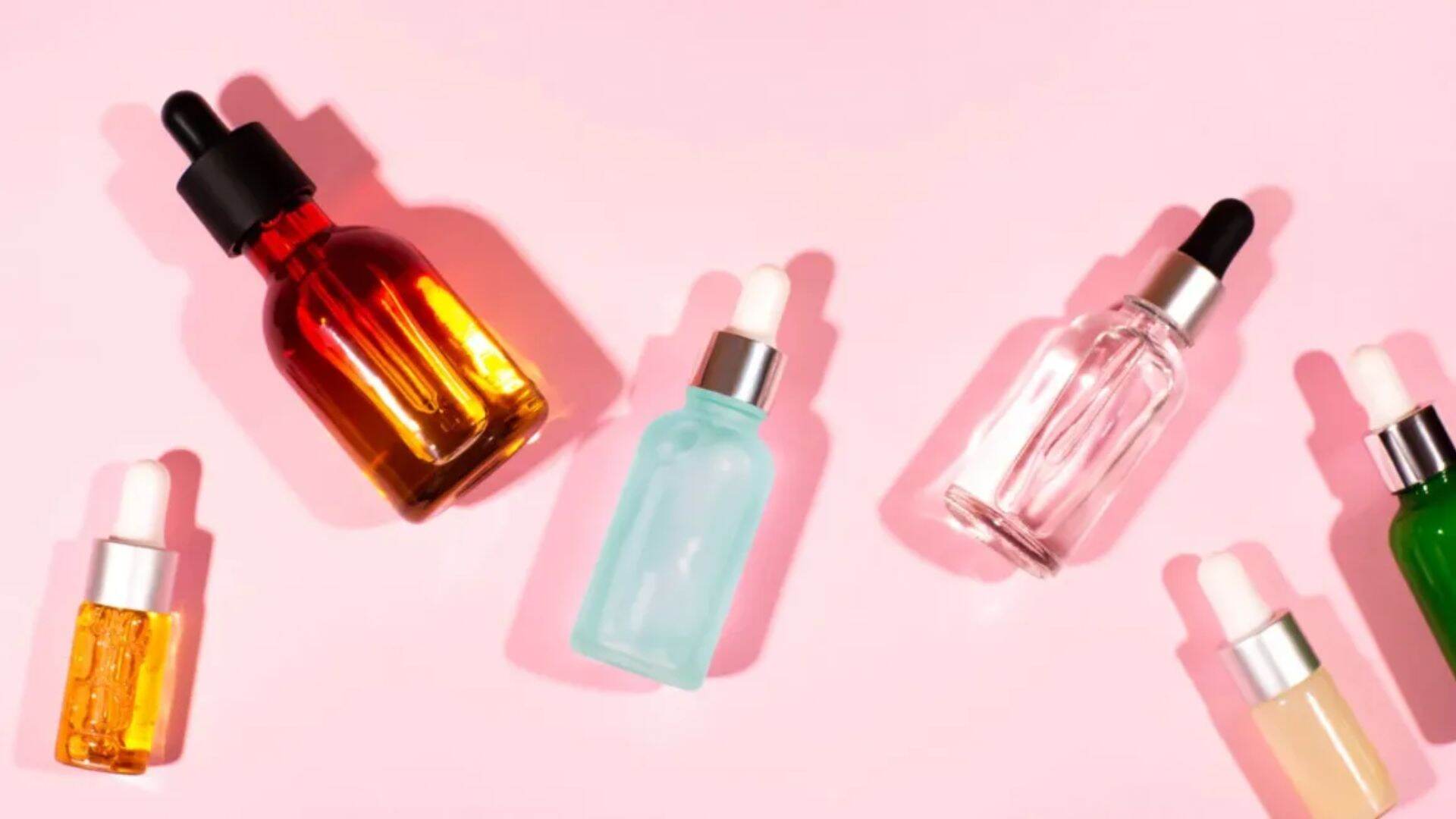AHA and BHA serums have become extremely in popularity within Indian skincare routines, promising enhanced skin texture and acne treatment. However, experts urge caution, warning that these serums, often available in varied concentrations, can trigger adverse effects like breakouts, dryness, and heightened sun sensitivity.
Understanding AHA and BHA: Uses and Differences
AHA (Alpha Hydroxy Acid) and BHA (Beta Hydroxy Acid) serums are designed to exfoliate and improve skin texture, but they come with distinct benefits and considerations. AHA’s and BHAs offer distinct benefits in skincare, targeting different skin issues from surface exfoliation to pore cleansing. Dermatologists recommend AHAs like glycolic acid for improving skin texture and BHAs like salicylic acid for acne treatment. However, caution is advised regarding their concentration levels to avoid potential side effects such as dryness and sensitivity.
Experts Warn Against High Concentrations of AHA/BHA Serums
The primary concern raised by dermatologists is the lack of proper regulation around AHA/BHA serums in the Indian market. Many of these products are available in high concentrations that can lead to significant skin irritation, dryness, and even increased breakouts.

Choosing The Correct Serum
Overuse or improper use of AHA/BHA serums can cause a range of side effects, including redness, stinging, peeling, and increased sun sensitivity.Additionally, some individuals may experience allergic reactions or an initial worsening of existing skin conditions like acneExperts caution that these potent exfoliating agents should be introduced gradually and with caution, especially for those with sensitive skin.
To safely incorporate AHA/BHA serums into your routine, dermatologists recommend starting with low concentrations (10% or less for AHAs, 1-2% for BHAs) and using them only 2-3 times per week.It’s also crucial to always follow up with a broad-spectrum sunscreen, as these ingredients can increase sun sensitivity. If you experience any adverse reactions, discontinue use and consult a skincare professional.
Potential side effects of AHA/BHA :
- Irritation: This can cause redness, stinging, or a burning sensation, especially to individuals with sensitive skin or higher concentrations.
- Dryness and Peeling: Over-exfoliation may cause dry, flaky skin.
- Increased Sensitivity: Both AHAs and BHAs can heighten sun sensitivity, increasing the risk of sunburn.
- Breakouts: Some individuals may experience increase in breakouts as the skin purges impurities.
- Allergic Reactions: While rare, allergic reactions are possible.

Tips For Using AHA BHA Serums
Key considerations For Using AHA and BHA serums
- Consult a Dermatologist: Prior to starting any AHA/BHA product, consult a dermatologist for personalized advice on concentration and usage.
- Start Slowly: Begin with lower concentrations and gradually increase as per skin tolerance. Conduct a patch test over 2–3 days before full application.
- Sun Protection: If using in the morning, apply a broad-spectrum sunscreen afterward to protect against increased sun sensitivity.
While AHA/BHA serums can offer potential benefits, the lack of regulation in the Indian market and the risk of misuse or overuse make it crucial for consumers to exercise caution. By following expert guidance and introducing these ingredients slowly and carefully, you can maximize the benefits while minimizing the potential for harm.























